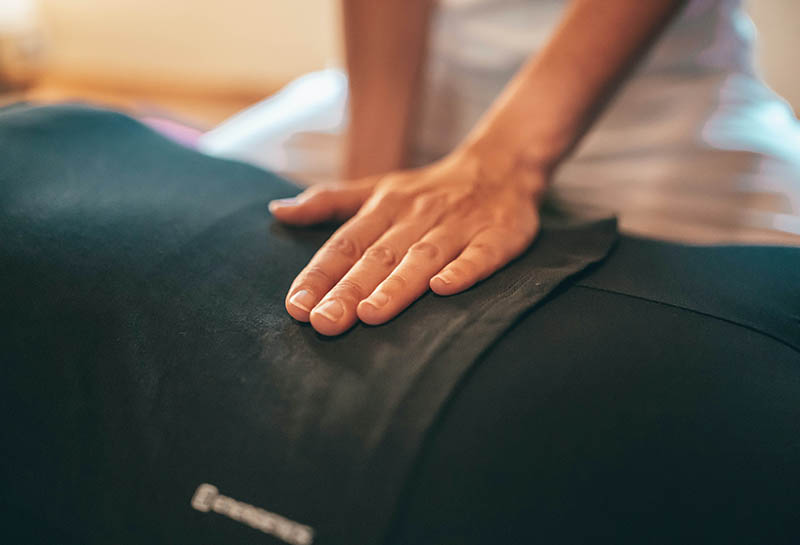If you are experiencing increased pain or stiffness in any or your muscles or joints, Manual Therapy is often an excellent treatment option.
What kinds of manual therapy exist?
Manual therapy is the hands-on component of physical therapy, but there are several different sub-categories within the practice of manual therapy. Each has its own benefits, depending on what the underlying problem is. Among the most widely used are:
Soft Tissue Mobilization
Soft tissue mobilization, or massage, focuses on the soft tissue aspects of the human body or the muscles, ligaments, and tendons. Often, if a patient has not been moving muscles due to illness or an injury, the tissues become tight and restricted. This can limit patients’ mobility and restrict blood flow to the muscles and surrounding joints. Soft tissue mobilization focuses on freeing up these damaged areas while promoting overall wellness. The Graston Technique is often used to provide soft tissue mobilization.
Joint Mobilization
A restriction in a joint can often happen after an injury such as lifting with your back, falling, or wrenching your neck. The restrictions in the joint can lead to muscle spasms and restricted motion which can cause secondary issues to the surrounding joints. A skilled physical therapist practices joint mobilization techniques, such as a “glide and slide” of opposing bones, in order to get the joints working properly again.
Spinal Thrust Manipulations
Spinal Manipulation involves rapidly moving a joint within its normal range of motion. This rapid motion causes a distraction or gapping of the facet joint surfaces and is often accompanied by an audible “crack” or “pop”. The pop is caused by the formation and collapse of tiny gas bubbles (this is called a cavitation) in the joint fluid.
Spinal Manipulation is used to treat a variety of ailments including neck pain, headaches, low back pain, sciatic pain, sacroiliac pain, rib pain, shoulder, and mid back pain.
Neuromuscular Techniques
At times, muscles work themselves into abnormal states, in which the muscle stretch reflex has difficulty relaxing itself. To treat this, physical therapists use a technique known as “strain/counter-strain” that guides the problematic muscle into positions that are “opposite” the ones at which pain and tenderness starts. Staying in this position of slight tension helps relieve the spasms by gently pulling the muscles into the opposite direction of the reflex spasms.

